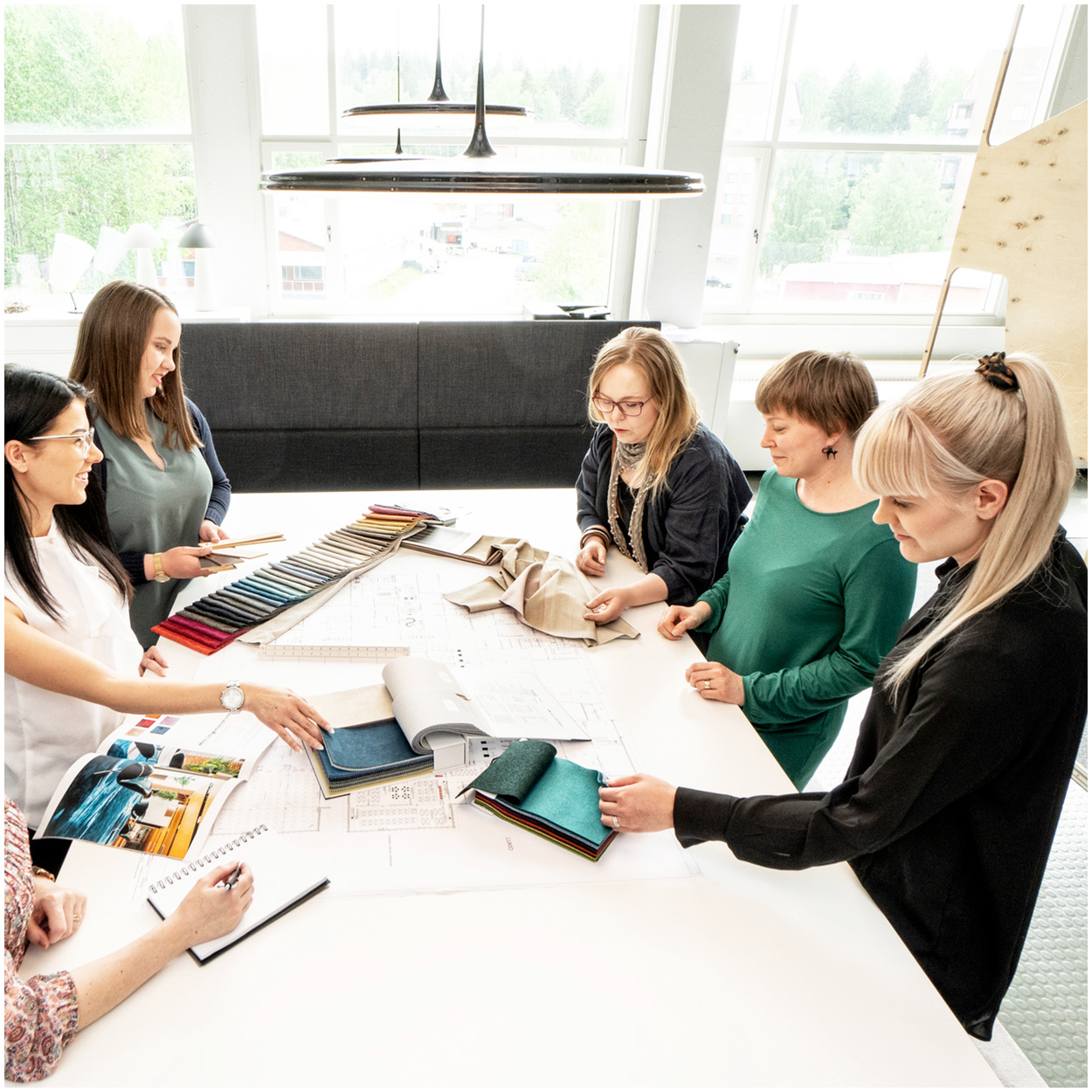In today’s rapidly changing educational landscape, flexibility is key. Movable furniture offers an innovative approach to creating adaptable learning environments that cater to diverse teaching methods and student needs. By integrating ergonomic school furniture into classrooms, schools can foster dynamic and collaborative learning, enhancing both student engagement and educational outcomes. For decision-makers in the education sector, understanding the value of flexibility in learning spaces is crucial for creating environments that inspire and support innovative learning.
What are flexible spaces and why are they important in schools?
Flexible spaces refer to educational environments designed to adapt easily to various teaching and learning activities. These spaces are characterized by their ability to be reconfigured quickly and efficiently, accommodating everything from individual study to group collaboration. The importance of flexible spaces in schools lies in their capacity to support a wide range of pedagogical approaches, enabling educators to tailor their teaching strategies to the needs of their students.
Flexible spaces foster a collaborative and dynamic learning atmosphere by allowing students to engage in different types of learning activities. Whether it’s a quiet corner for focused study or an open area for group discussions, adaptable spaces encourage students to take ownership of their learning. This adaptability not only enhances student engagement but also promotes critical thinking and problem-solving skills.
Moreover, flexible spaces align with the goals of modern education by accommodating various teaching styles and learning preferences. By providing an environment that supports diverse learning activities, schools can create a more inclusive and effective educational experience for all students.
How does movable furniture contribute to flexibility?
Movable furniture is a key component in creating flexible learning environments. Its primary advantage lies in its ability to be rearranged quickly to suit different teaching methods and activities. For example, ergonomic classroom chairs and tables on wheels can easily be moved to create different seating arrangements, from traditional rows to collaborative clusters.
This versatility allows educators to reconfigure classrooms to support various instructional strategies, such as project-based learning, peer tutoring, and interactive discussions. Movable furniture also facilitates the creation of inspiring learning environments where students can engage in hands-on activities and collaborative projects.
Additionally, the use of innovative classroom furniture, such as customizable furniture solutions, ensures that these spaces can be adapted to meet specific educational goals. This adaptability not only enhances the functionality of the classroom but also contributes to a more engaging and effective learning experience for students.
What are the key considerations when selecting movable furniture for schools?
When selecting movable furniture for schools, decision-makers should consider several factors to ensure they make informed choices that align with their educational goals. Durability is a primary concern, as school furniture must withstand frequent use and movement without compromising quality or safety.
Ease of movement is another important consideration. Furniture should be lightweight and easy to maneuver, allowing for quick reconfiguration of learning spaces. This flexibility ensures that classrooms can adapt to different teaching methods and activities as needed.
Safety is paramount, and it’s essential to choose furniture that meets all safety standards and ergonomic requirements. Ergonomic student chairs, for example, provide support and comfort, promoting better posture and reducing the risk of injury. Lastly, cost-effectiveness is a crucial factor, as schools must balance quality and affordability when investing in new furniture. By considering these factors, schools can select the best school furniture to create adaptable and effective learning environments.
How can schools implement flexible spaces with existing furniture?
Schools looking to implement flexible spaces without investing in new furniture can still achieve adaptability by creatively rearranging and modifying their current setups. One strategy is to group existing desks and chairs into clusters to facilitate group work and collaboration. By experimenting with different arrangements, schools can create versatile learning environments that accommodate various teaching methods.
Additionally, schools can enhance flexibility by incorporating elements such as movable partitions or dividers. These can be used to create separate learning areas within a classroom, allowing for simultaneous activities or focused study sessions. Utilizing existing resources in innovative ways can make a significant difference in creating dynamic learning spaces.
Another practical tip is to encourage students and staff to take an active role in reconfiguring the classroom to suit their needs. By involving the school community in the process, schools can foster a culture of adaptability and creativity, enhancing the overall learning experience.
Conclusion
In summary, flexible spaces and movable furniture play a crucial role in supporting innovative learning environments. By embracing adaptability, schools can create dynamic and collaborative spaces that cater to diverse educational needs. For school leaders, considering the implementation of flexible spaces is an investment in the future of education, fostering an atmosphere where students and educators can thrive. As we continue to explore new ways to enhance learning, the integration of ergonomic classroom furniture and innovative school furniture solutions will remain essential in driving educational success.


